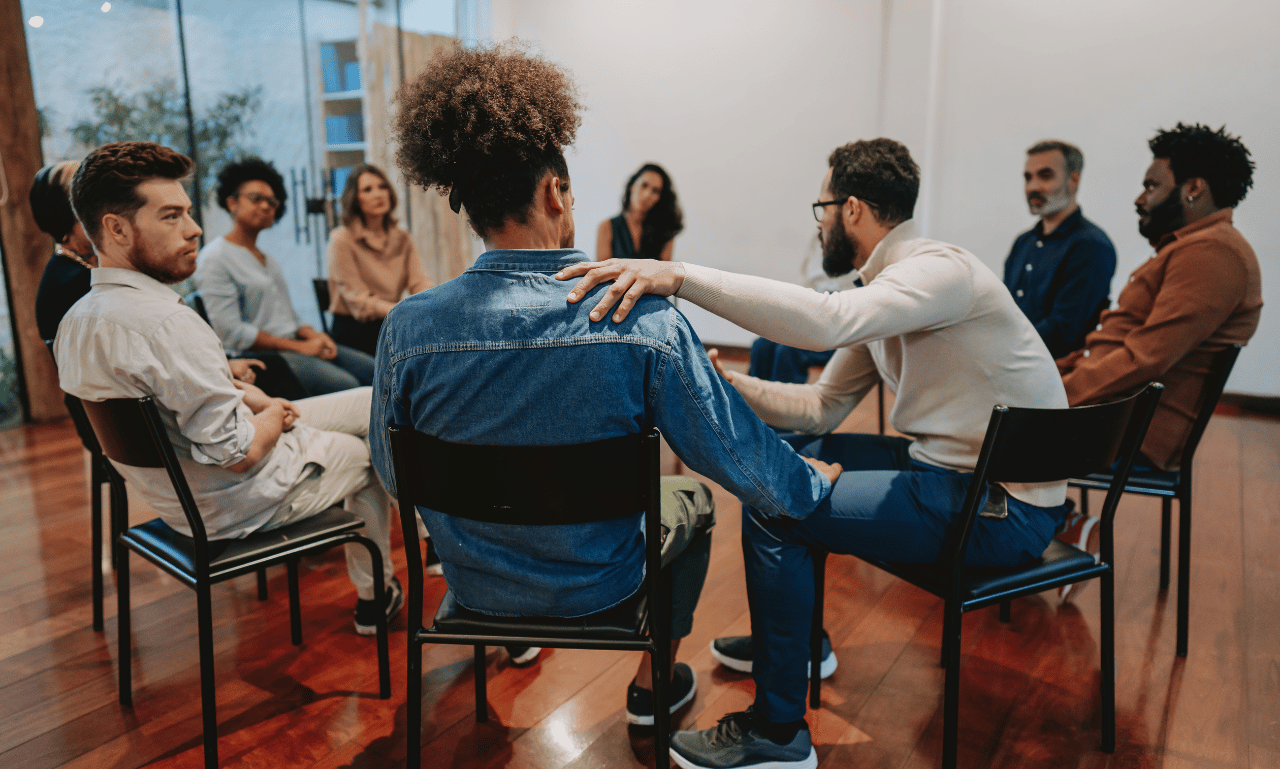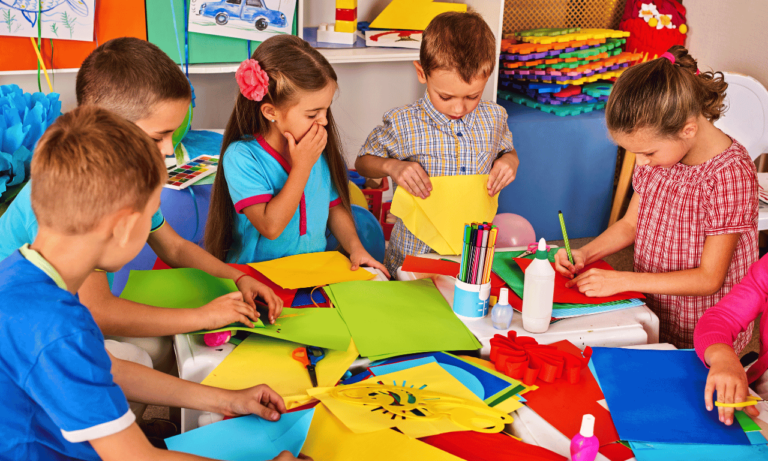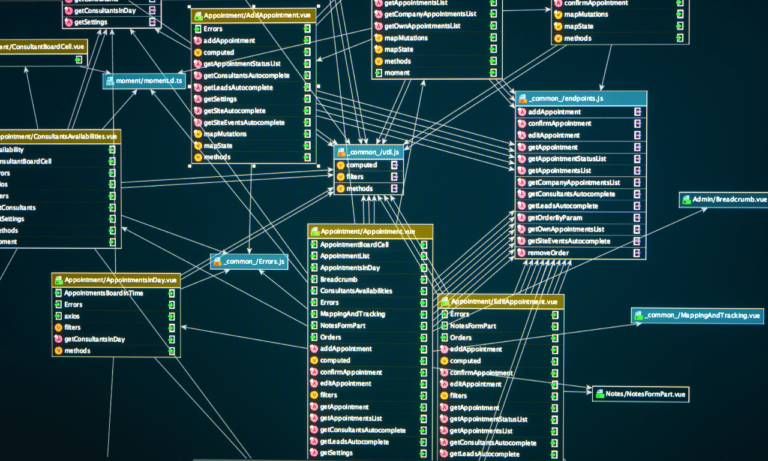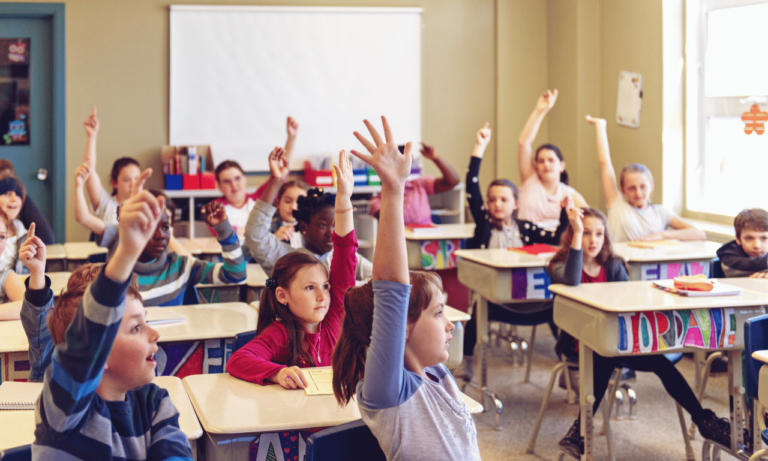Phone:
(+65)8319-0742
The paradigm of corporate training is rapidly evolving with the effective integration of Multimodal Learning Supports. By leveraging engaging learning strategies, it’s possible to greatly enhance educational experiences for a diverse workforce. Multimodal learning supports are designed to cater to the various styles and preferences of learners through an array of sensory-engaging methods. With a Learning Management System (LMS) adept at handling a wide range of content formats, the path to implementing these transformative approaches lies clear and open.
Key Takeaways
- Adopting Multimodal Learning Supports improves engagement and learning outcomes.
- Diverse content formats cater to individual learning preferences.
- Investment in a versatile LMS is key to delivering effective multimodal education.
- Engaging learning strategies significantly boost comprehension and retention.
- Multimodal techniques enhance educational experiences by engaging multiple senses.
Understanding Multimodal Learning Supports
Delving into the essence of multimodal learning theory reveals how harnessing various sensory inputs enhances the educational experience. By integrating multimodal educational strategies, educators can address the diverse multimodal learning styles of students, offering avenues for improved comprehension and retention.
The core assumption of multimodal learning theory is that individuals grasp concepts more effectively when they can use more than one sense during the learning process. As such, this theory advocates for the inclusion of visual, auditory, and kinesthetic activities in course design. Let’s explore the intricacies of these strategies and consider how they apply to real-world learning scenarios.
- Visual aids like charts and infographics cater to learners who absorb information better through imagery.
- Auditory materials, including lectures and podcasts, benefit those who learn more effectively through listening.
- Kinesthetic techniques engage learners who prefer hands-on, tactile experiences, such as interactive simulations or lab work.
Employing a blend of these methods allows for a dynamic and inclusive learning environment. By catering to different learning preferences, multimodal educational strategies promote deeper understanding and foster an engaging atmosphere that resonates with a wide audience.
The Pillars of Multimodal Learning Theory
At the heart of enhancing educational strategies are innovative multimodal learning techniques and the proven VARK learning methods. To fully harness the power of multimodal learning, an understanding of its core components is essential. These components are based on the visual, auditory, reading/writing, and kinesthetic experiences, which together, provide a comprehensive approach to learning that caters to individual preferences. As such, a variety of content types, including graphics, auditory files, textual material, and practical activities, ensure an inclusive learning environment.
The integration of diverse multimodal learning techniques addresses the unique ways in which individuals process information. While no single learning style may dominate in efficacy, engaging multiple methods resonates with learners in dynamic ways. This strategic approach employs a combination of the following VARK modalities:
- Visual: Learners absorb information through images, diagrams, and charts.
- Auditory: Listening to lectures, discussions, and audio recordings resonate with these learners.
- Reading/Writing: Preferring to learn through reading text and writing notes is characteristic of this group.
- Kinesthetic: Hands-on experiments and real-world experiences are most effective for kinesthetic learners.
These methods are not mutually exclusive; in fact, most learners will experience enhanced comprehension when presented with content in multiple forms. To illustrate this diversity, consider the following table elucidating how VARK learning methods could be integrated in a practical learning scenario:
| Method | Description | Examples |
|---|---|---|
| Visual | Sensory learning through sight | Infographics, charts, videos |
| Auditory | Learning via listening | Podcasts, audio lectures, discussions |
| Reading/Writing | Engagement through text | Articles, ebooks, written exercises |
| Kinesthetic | Tactile learning by doing | Interactive simulations, lab experiments |
To optimize the learning process, it is crucial to strike a balance among these modalities, thereby creating a harmonious and inviting atmosphere for learners. By leveraging these VARK learning methods, training becomes an intricate tapestry that appeals to a broad range of learners, thereby maximizing both engagement and retention rates.
Benefits of Multimodal Learning in Corporate Training

The multimodal learning approach has significantly transformed the landscape of corporate training, heralding a new era where the importance of multimodal learning is acknowledged and celebrated. This approach harnesses the strengths of VARK learning styles to provide a robust framework for personal and professional development, effectively bridging the gap between learning preferences and knowledge acquisition.
Leveraging VARK Learning Styles for Team Success
By acknowledging the diversity of learning styles within a team, the multimodal learning approach plays a pivotal role in fostering an inclusive environment where every employee can thrive. With multimodal learning examples integrated throughout training programs, companies can ensure that visual, auditory, reading/writing, and kinesthetic learners are all catered to, leading to increased comprehension and productivity.
Boosted Engagement and Knowledge Retention
The dynamic nature of multimodal learning encounters keeps team members engaged and attentive. When learning materials stimulate multiple senses, the retention of information is significantly improved, causing a ripple effect of enhanced performance and innovation within the corporate structure.
Real-world Application of Multimodal Training
Corporates are increasingly anchoring multimodal learning examples into their training paradigms to encourage real-world application. By simulating actual business challenges through a variety of learning formats, employees can readily translate acquired skills into day-to-day operations, cementing the real-world impact of their training.
| Learning Style | Examples | Benefits |
|---|---|---|
| Visual | Infographics, Charts, Videos | Improves memory recall and comprehension |
| Auditory | Podcasts, Discussions, Lectures | Enhances listening skills and information processing |
| Reading/Writing | Articles, eBooks, Manuals | Promotes in-depth understanding and retention |
| Kinesthetic | Simulations, Role-Playing, Hands-on tasks | Encourages practical application and engagement |
Multimodal Learning Supports

The landscape of education has been transformed by the introduction of multimodal learning examples, which illustrate the dynamic ways educators and trainers can diversify instruction. By applying multimodal learning practices, instructors are able to reach learners through various touchpoints, ensuring that the benefits of multimodal learning are maximized. Such practices encompass an array of techniques, including the incorporation of gamification for incentivized engagement, the usage of real-life case studies to deepen understanding, and the integration of multimedia content to appeal to different senses.
Gamification, one of the seminal multimodal learning examples, illustrates how interactive play can reinforce concepts and motivate learners. A real-life case application places theoretical knowledge into the context of practical situations, fostering experiential learning and skill transfer. Multimedia content, meanwhile, taps into visual, auditory, and kinesthetic modalities, crafting an enriched learning environment where learners can engage with material in a manner that resonates with their individual learning style.
Undoubtedly, the benefits of multimodal learning are manifold. Learners enjoy a more personalized education, tailored to their modes of understanding, while instructors benefit from increased engagement and measurable progress. Below is a table that outlines key components of the multimodal learning approach and their benefits:
| Multimodal Learning Component | Benefits |
|---|---|
| Gamification (e.g., Leaderboards, Points, Badges) | Increases motivation, introduces friendly competition, and provides rewards for accomplishments |
| Real-life Case Applications | Promotes understanding of material by demonstrating practical relevance and application |
| Multimedia Content (Videos, Podcasts, Infographics) | Caters to varying learning preferences, enhancing memory retention and knowledge comprehension |
| Interactive Simulations | Offers hands-on experience and experimentation, thus deepening comprehension of complex subjects |
In conclusion, applying multimodal learning is not merely a fad, but a critical evolution in teaching methodology that maximizes the benefits of multimodal learning. These diverse strategies create a robust and dynamic educational experience, helping learners to not only achieve but also to enjoy the journey of acquiring new knowledge and skills.
Creating a Robust Multimodal Learning Environment

The endeavor to create multimodal learning courses can substantially benefit from incorporating technology and blending it with classic educational methods. By integrating multimodal assignments, educators are in a position to foster an adaptive and engaging learning atmosphere that aligns with the varied needs of today’s learners.
Integrating Technology With Traditional Learning Methods
In the age where digital fluency is paramount, blended learning techniques serve as the cornerstone for creating an effective learning journey. This approach combines the efficiency of modern technology with the proven methodologies of traditional instruction, resulting in an enriched educational experience.
Developing Interactive and Diverse Learning Materials
Embracing the versatility of different media formats ensures that learners remain engaged and receptive. By creating multimodal learning courses that feature dynamic content such as interactive simulations and gamified elements, educators can appeal to a broader spectrum of learning preferences.
Blended Learning: Combining In-Person and Online Modalities
The ideal multimodal learning course strikes a balance between virtual and direct interaction, promoting synergy between the two modalities. It’s about integrating traditional face-to-face experiences with the flexibility of online assignments for a comprehensive blended learning infrastructure.
| Learning Modality | Technological Integration | Traditional Method |
|---|---|---|
| Visual | Interactive whiteboards, VR experiences | Physical models, flip charts |
| Auditory | Podcasts, audio books | Lectures, discussions |
| Kinesthetic | Simulations, virtual labs | Hands-on experiments, field trips |
| Reading/Writing | E-books, online quizzes | Printed materials, essays |
By effectively integrating multimodal assignments, educators enable learners to demonstrate their understanding in various formats, be it through creating video presentations, designing info-graphics, or constructing models, thereby catering to diverse learning expressions.
Key Multimodal Learning Techniques and How to Apply Them
Today’s educational landscape demands innovative methods that speak to the diverse learning styles of the corporate arena. One such approach harnessing the power of variety and engagement is multimodal learning, which strategically incorporates different sensory experiences to facilitate retention and understanding. This not only bridges the gap between theory and its practical application but also infuses a sense of enthusiasm within the learning process. Below, we delve into specific techniques that exemplify the benefits of gamification in learning, the sagacity behind using multimedia in training, and the impactful nature of multimodal learning assignments.
Incorporating Gamification for Enhanced Learner Engagement
Infusing elements of play into learning, gamification transcends traditional methods by fostering a competitive environment that stokes the fires of motivation. Since it caters to the innate human desire for achievement and recognition, gamification becomes a catalyst for engagement, enticing learners to partake more actively. Structured as games or challenge-based activities, these experiences often lead to higher levels of participation and can dramatically increase the appeal of learning new skills or concepts.
Case Studies: Connecting Theory with Practice
Case studies serve as a bridge between the abstract and the concrete, allowing learners to witness the real-world implications of theoretical knowledge. By analyzing detailed scenarios within their respective fields, employees can cultivate a deeper understanding of complex concepts. The immersive nature of case studies aligns neatly with the goals of multimodal learning assignments, as they employ critical thinking, encourage discussion, and necessitate decision-making based on actual business outcomes.
Using Multimedia Content to Cater to Different Learning Styles
The use of multimedia in training is a prime example of multimodal learning at work. From instructional videos and podcasts to interactive infographics and e-books, multimedia content addresses the needs of visual, auditory, and kinesthetic learners alike. When instructional design is rooted in diversity, learners benefit from being able to access information in the format that suits them best, thus promoting better absorption and application of knowledge in their daily roles.
FAQ
What are Multimodal Learning Supports?
Multimodal Learning Supports refer to educational strategies that encompass various forms of content delivery to enhance learning experiences. These supports engage different learning styles, such as visual, auditory, and kinesthetic, to improve understanding and retention of information. They include a mixture of resources, like interactive media, text, videos, and hands-on activities, designed to appeal to multiple senses and learning preferences.
How do Multimodal Learning Supports benefit learners?
Multimodal Learning Supports benefit learners by engaging multiple senses, accommodating individual preferences, and optimizing the learning process. They enhance knowledge retention, increase learner engagement, and make the application of new skills to real-world situations more effective. They also offer diverse and dynamic educational experiences that can make learning more enjoyable and meaningful.
What are the main methods of Multimodal Learning Theory?
The main methods of Multimodal Learning Theory are encapsulated in the VARK model, which includes Visual, Auditory, Reading/Writing, and Kinesthetic learning styles. These methods guide the creation of educational content that targets each of these learning preferences, ensuring a well-rounded approach that caters to the diverse needs of learners.
Can Multimodal Learning Supports increase engagement in corporate training?
Yes, Multimodal Learning Supports significantly increase engagement in corporate training by providing varied and stimulating ways to learn. Elements like gamification, interactive simulations, and multimedia content keep learners involved and provide a sense of progress and accomplishment. This can lead to a more productive learning experience and better knowledge retention.
What techniques are integral to creating a Multimodal Learning Environment?
Key techniques for creating a Multimodal Learning Environment include integrating technology with traditional methods, developing interactive and diverse learning materials, and embracing blended learning. This could mean combining in-person instruction with online modalities like webinars, using multimedia content like virtual reality simulations, and setting multimodal assignments that encourage active engagement.
How can you apply Multimodal Learning Techniques effectively?
To apply Multimodal Learning Techniques effectively, trainers and educators should incorporate various methods like gamification, case studies, and multimedia content. These techniques should be adapted to the specific context of the training or educational program and should be designed to cater to different learning styles while also being relevant and engaging.
What is the importance of blending learning in Multimodal Educational Strategies?
Blended learning is crucial in Multimodal Educational Strategies as it enables a seamless integration of different learning formats, both online and offline. This approach benefits learners by providing flexibility, accessibility, and a variety of learning experiences that can lead to deeper understanding and better application of knowledge.

















